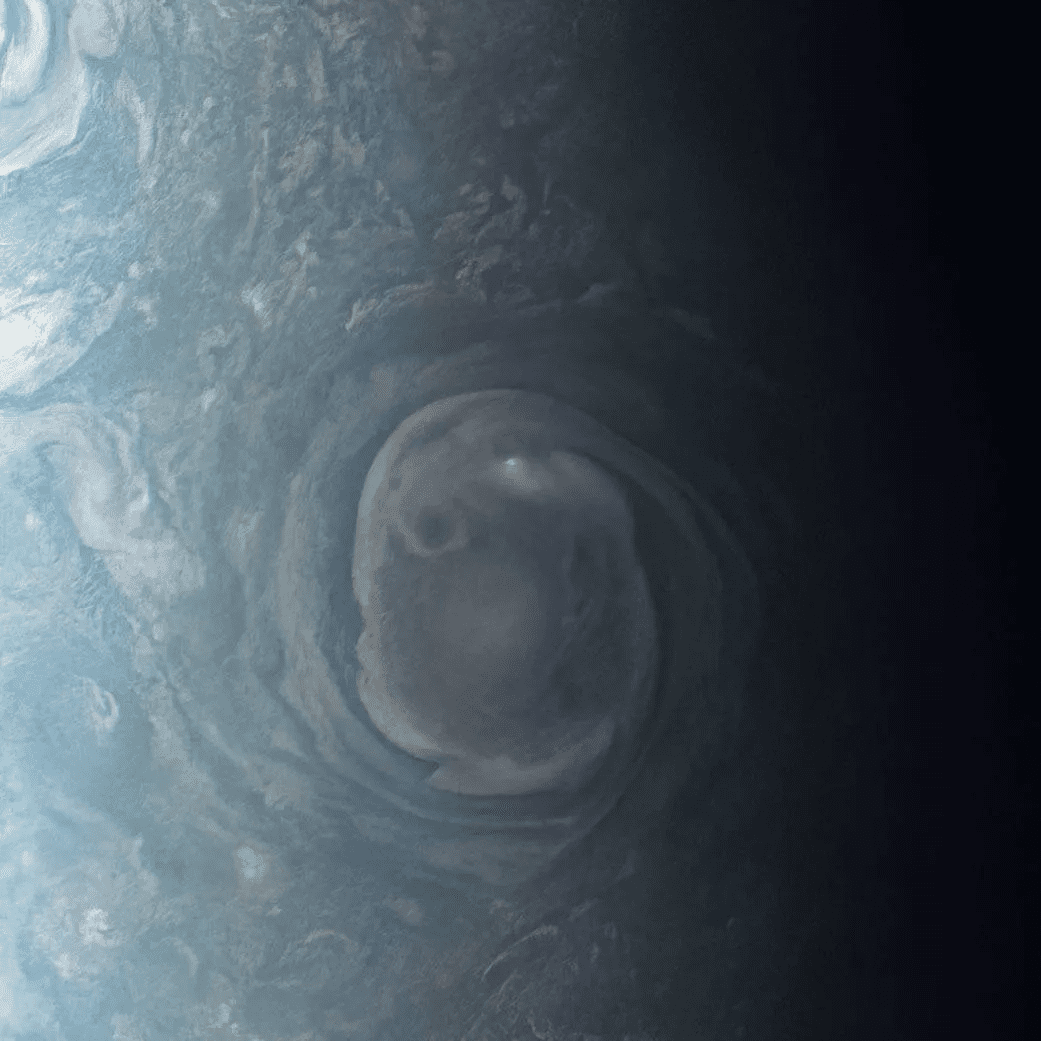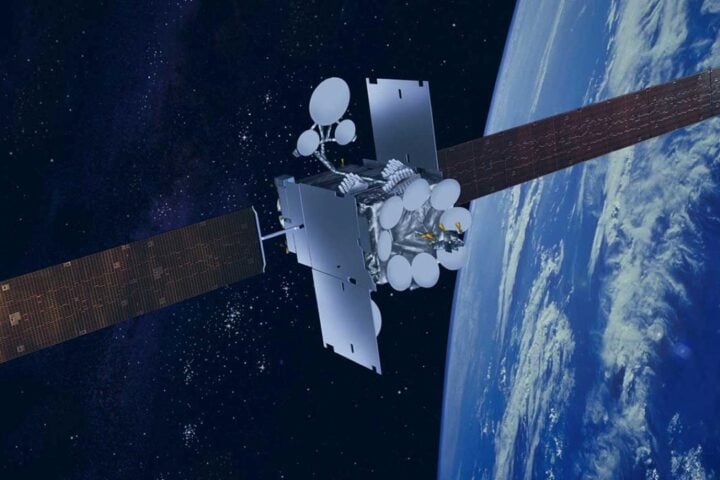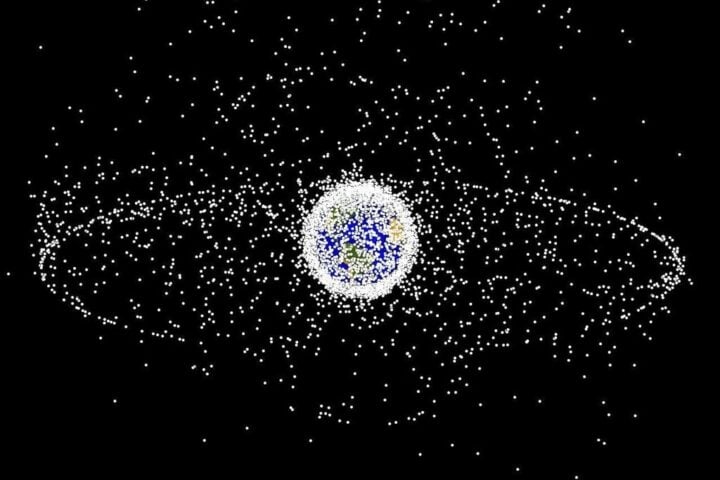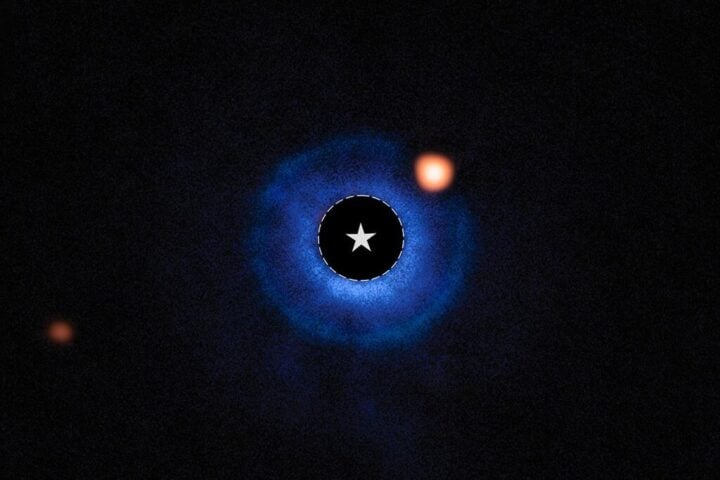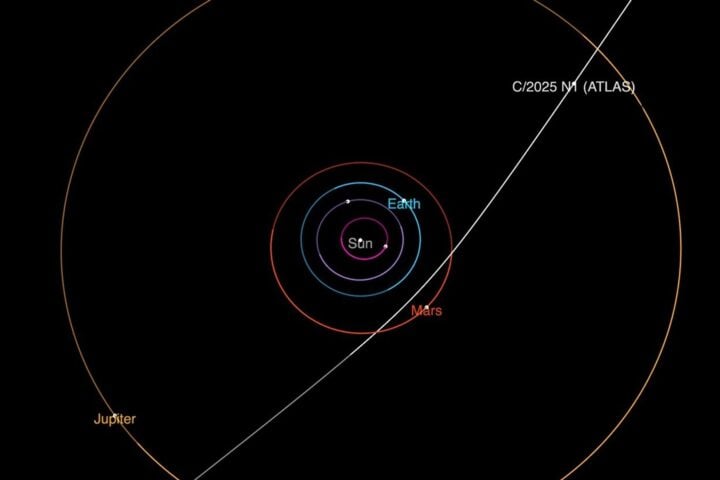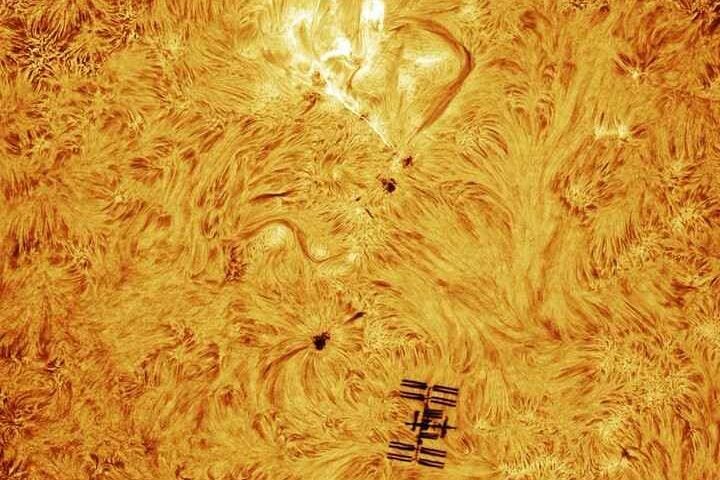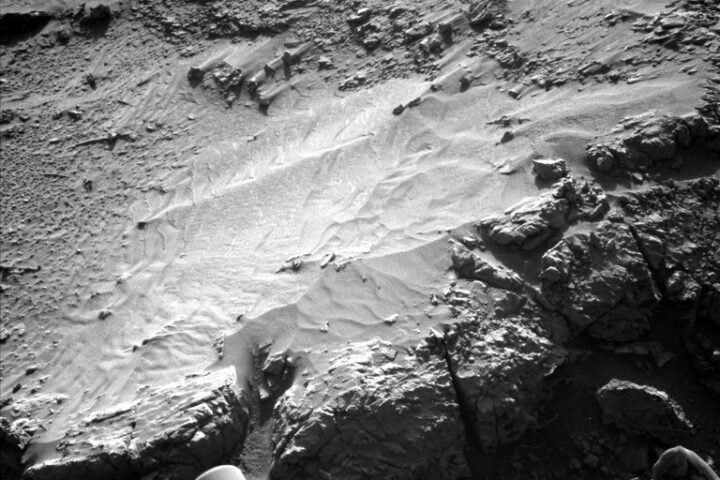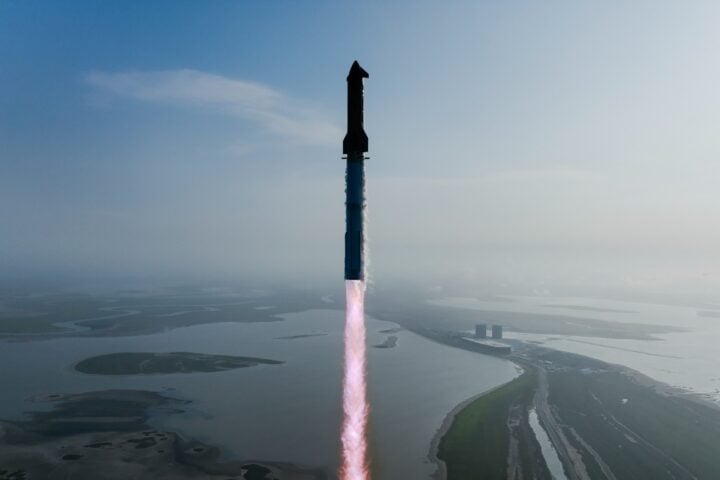Since its arrival in July 2016, NASA’s Juno probe has continuously amazed us with stunning glimpses into the tumultuous weather of Jupiter. This remarkable spacecraft has been orbiting the gas giant on a highly elliptical path, allowing for close passes over its poles and detailed observations.
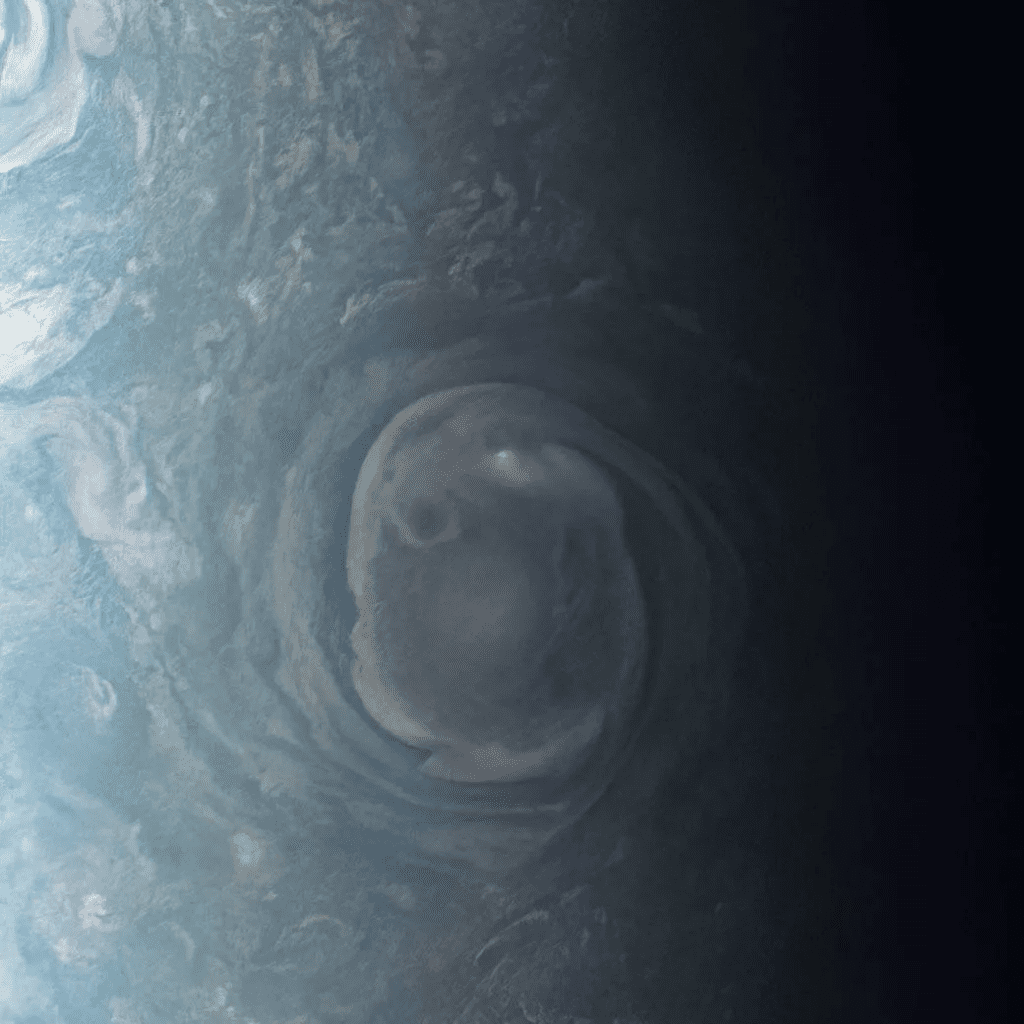
Juno’s encounters with Jovian lightning are not rare occurrences. The spacecraft has witnessed numerous strikes in Jupiter’s thick atmosphere, leading scientists to conclude that lightning on this gas giant shares similarities with Earth’s lightning bolts. However, there are notable distinctions. On Earth, lightning originates from water clouds, primarily near the equator, while on Jupiter, it is likely to occur within clouds containing an ammonia-water solution, most frequently near the poles.
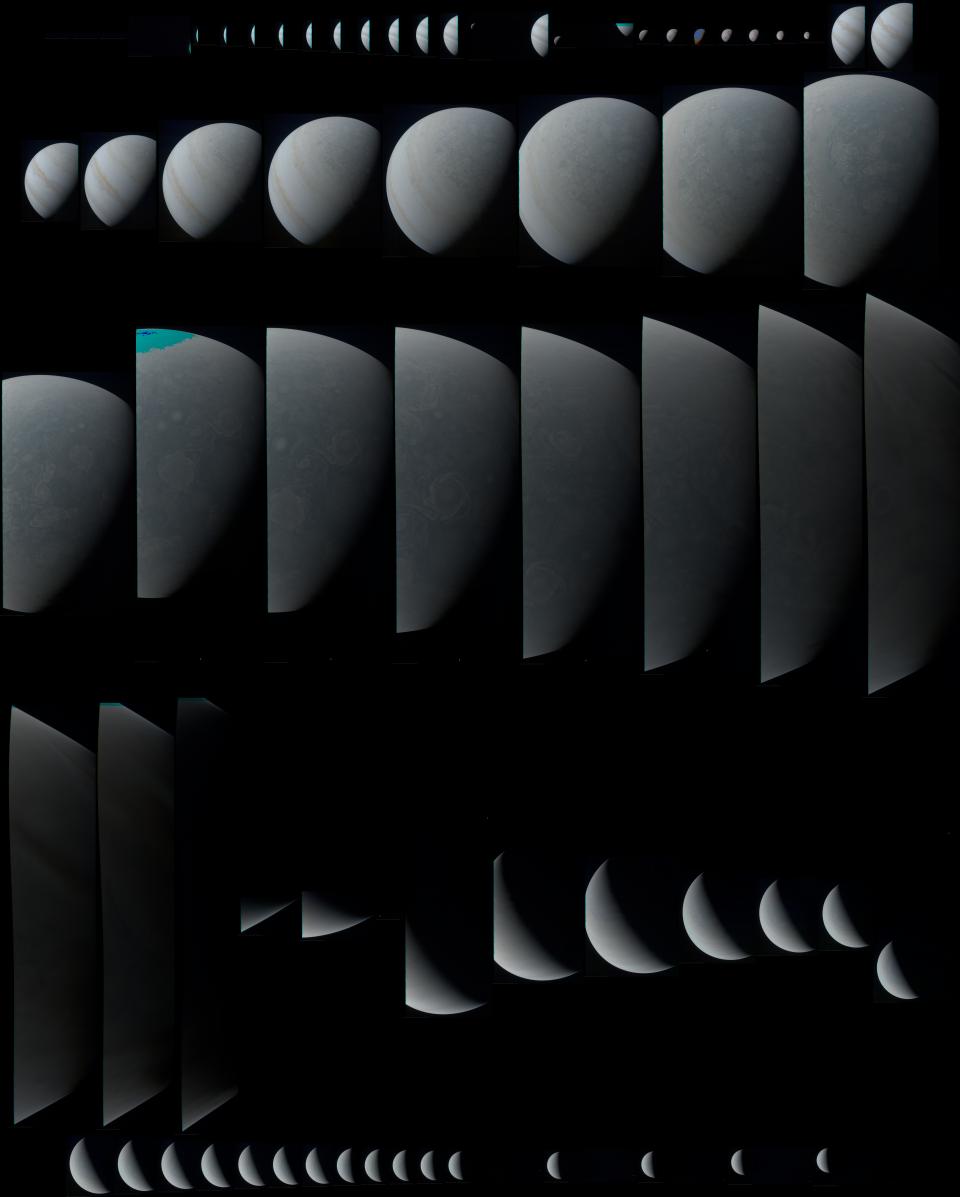
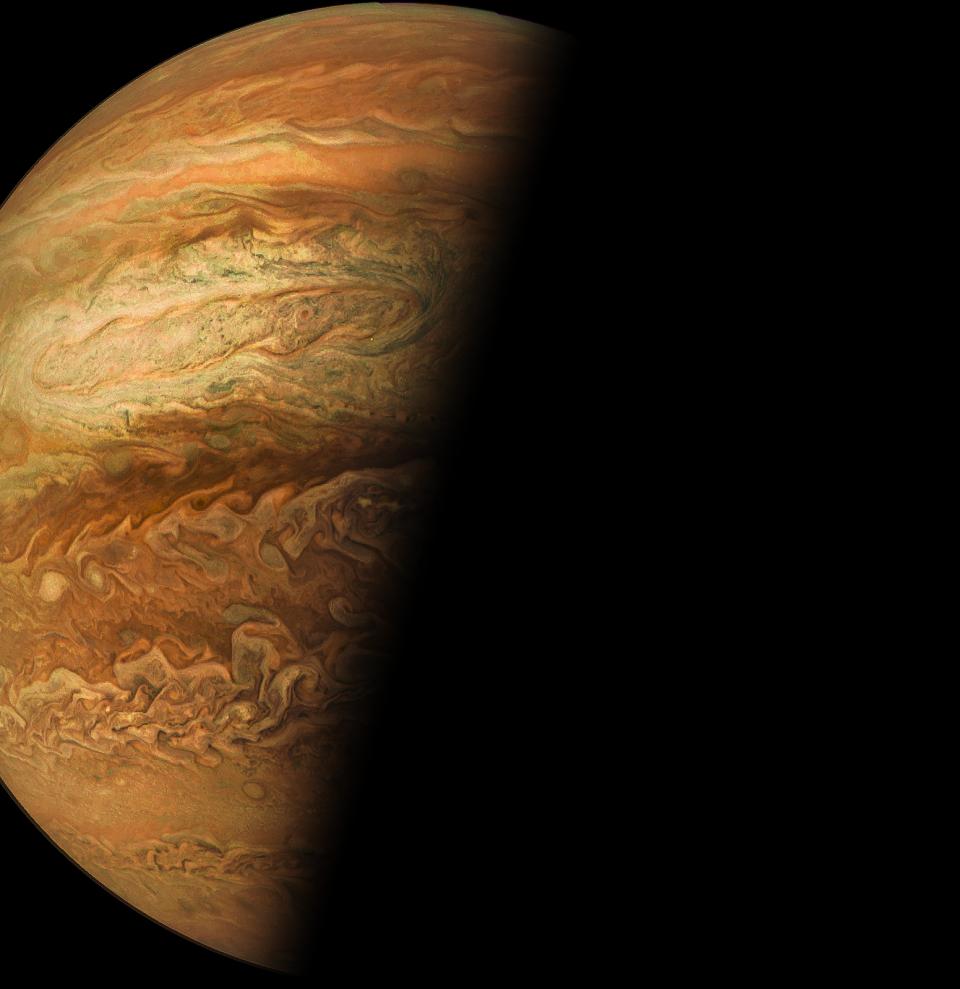
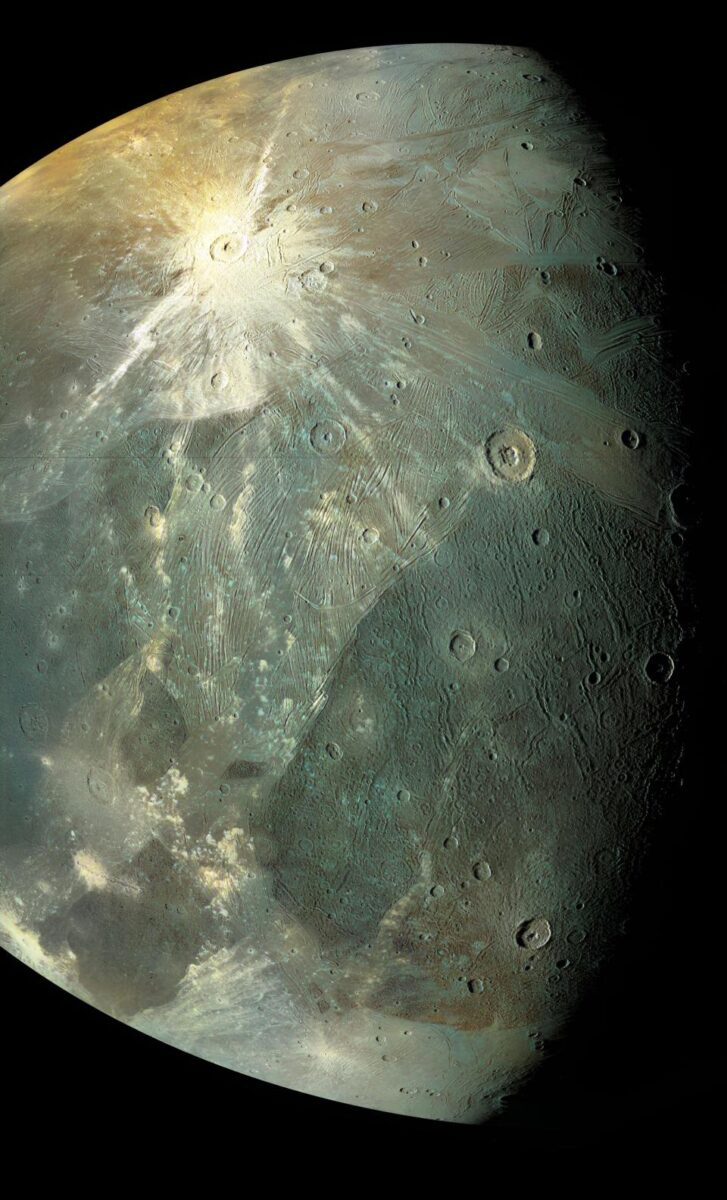
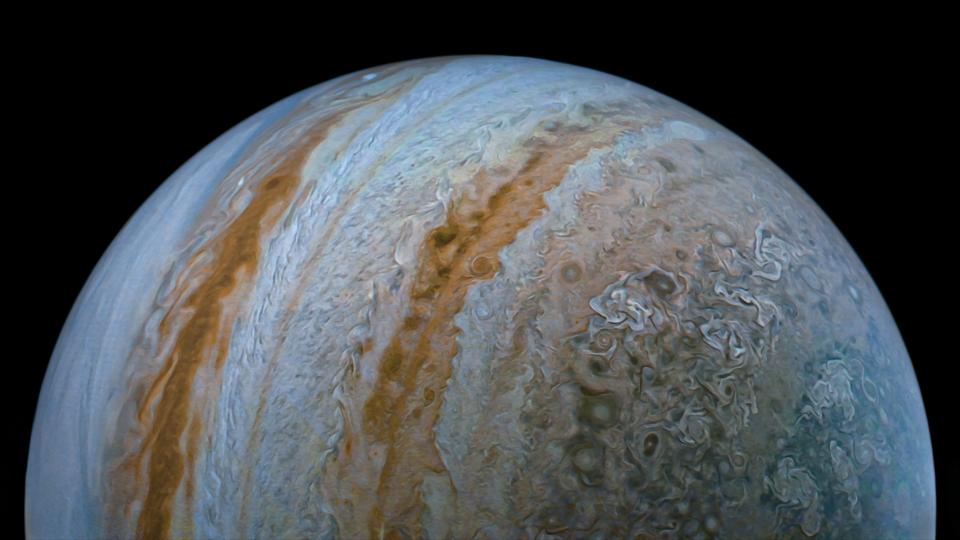
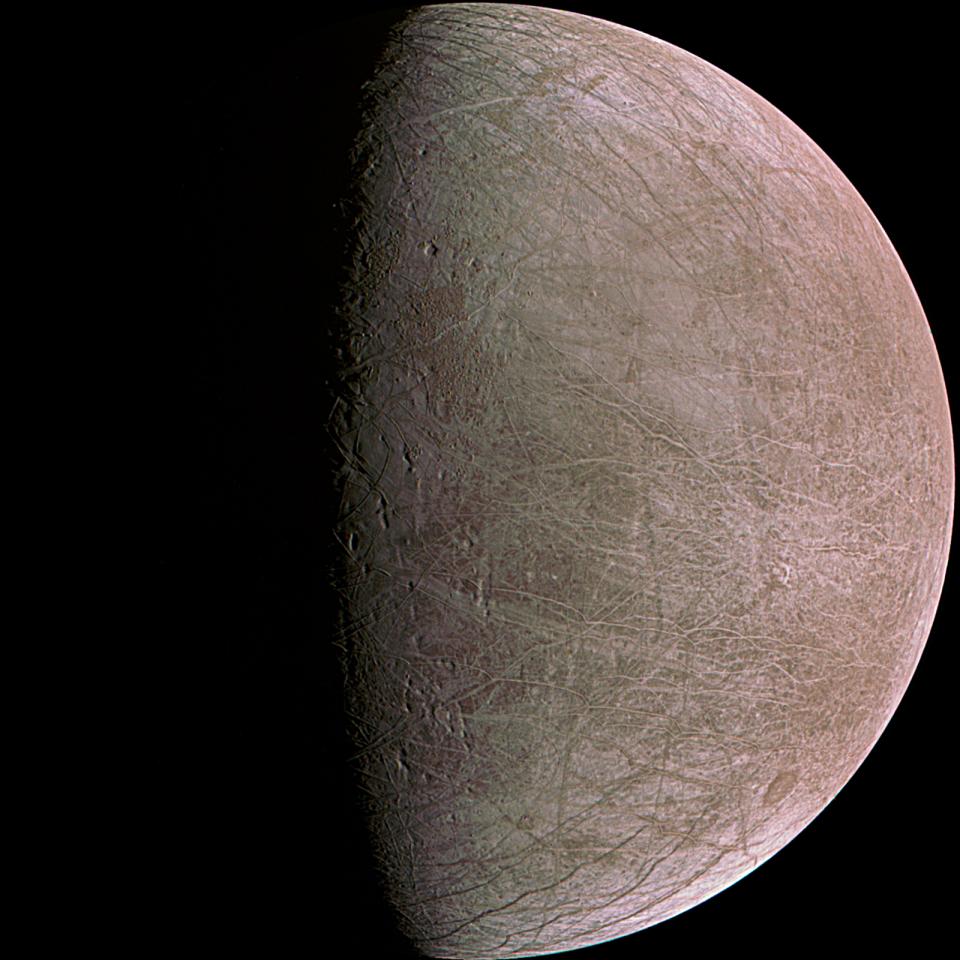
Juno’s mission on Jupiter began in 2016, and it has completed 35 orbits around the planet, gathering valuable images and data. These images, made publicly available by NASA, have allowed people to engage in processing and analysis. Besides lightning, Juno has investigated various aspects of Jupiter, including its interior structure, internal magnetic field, atmosphere, magnetosphere, the faint rings, and the Great Blue Spot—a powerful magnetic field near the equator.
Juno has also encountered Jupiter’s moons, surrounded by donut-shaped clouds, which the spacecraft will traverse. Recently, astronomers using telescopes in Hawaii and Chile discovered 12 new moons in Jupiter’s atmosphere, bringing the total to a record-breaking 92.
Similar Post
The ongoing success of Juno has resulted in 51 close passes, or “perijoves,” with Jupiter. The next perijove is scheduled for June 23. These close encounters, initially part of Juno’s primary mission, have significantly enhanced our understanding of Jupiter’s formation, structure, and evolution. Scientists now recognize an atmospheric weather layer that extends beyond the clouds and a diluted, or “fuzzy,” heavy element core in Jupiter’s deep interior.
Juno’s mission has been extended until at least September 2025, provided the spacecraft endures Jupiter’s harsh radiation environment. During this extended phase, Juno will continue its deep examination of the entire Jovian system. Study the planet, its rings, and its diverse moons. Juno’s deep space findings will continue to expand our understanding of Jupiter’s atmosphere, interior, and the intricacies of this awe-inspiring giant in our solar system.
